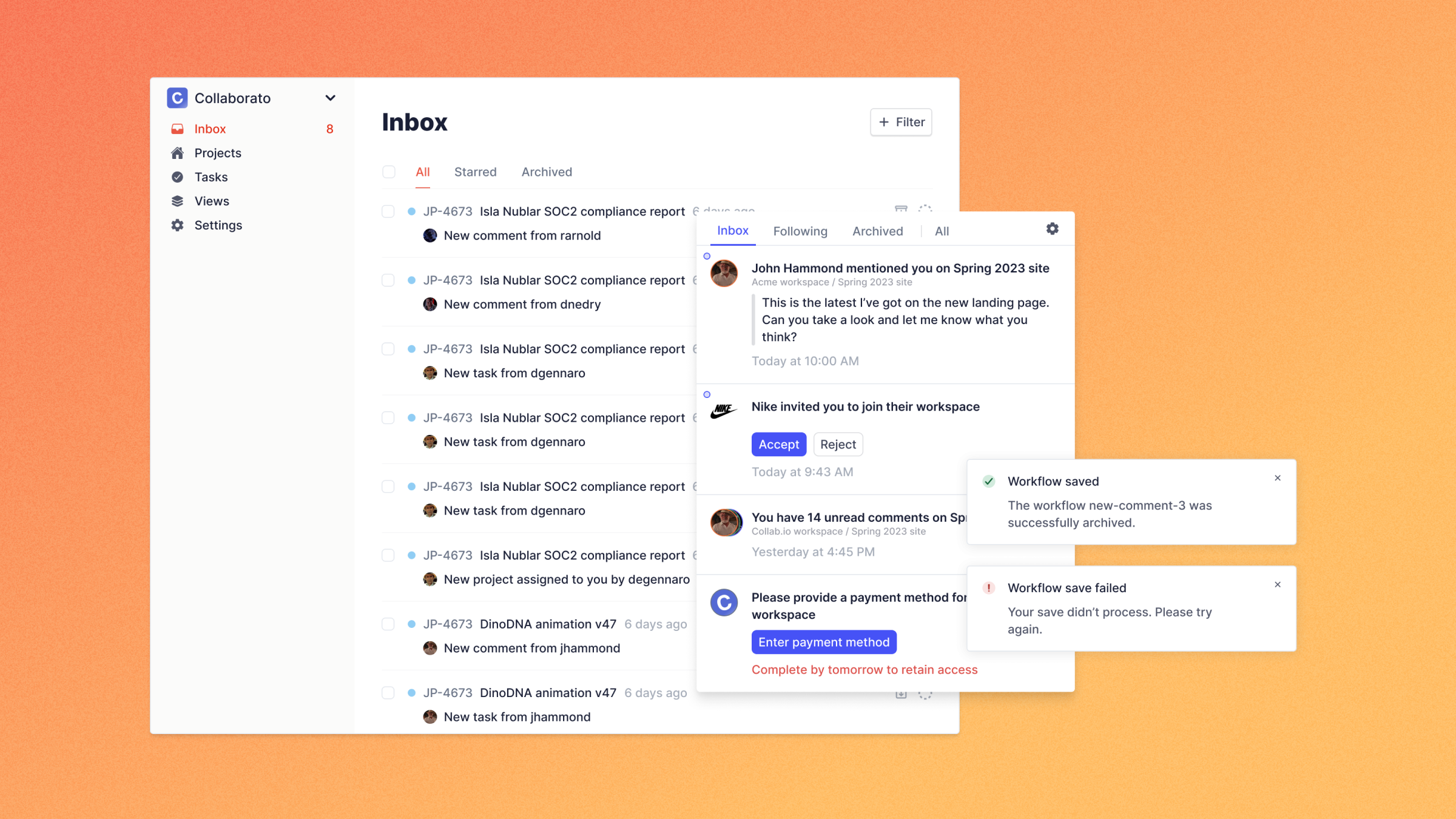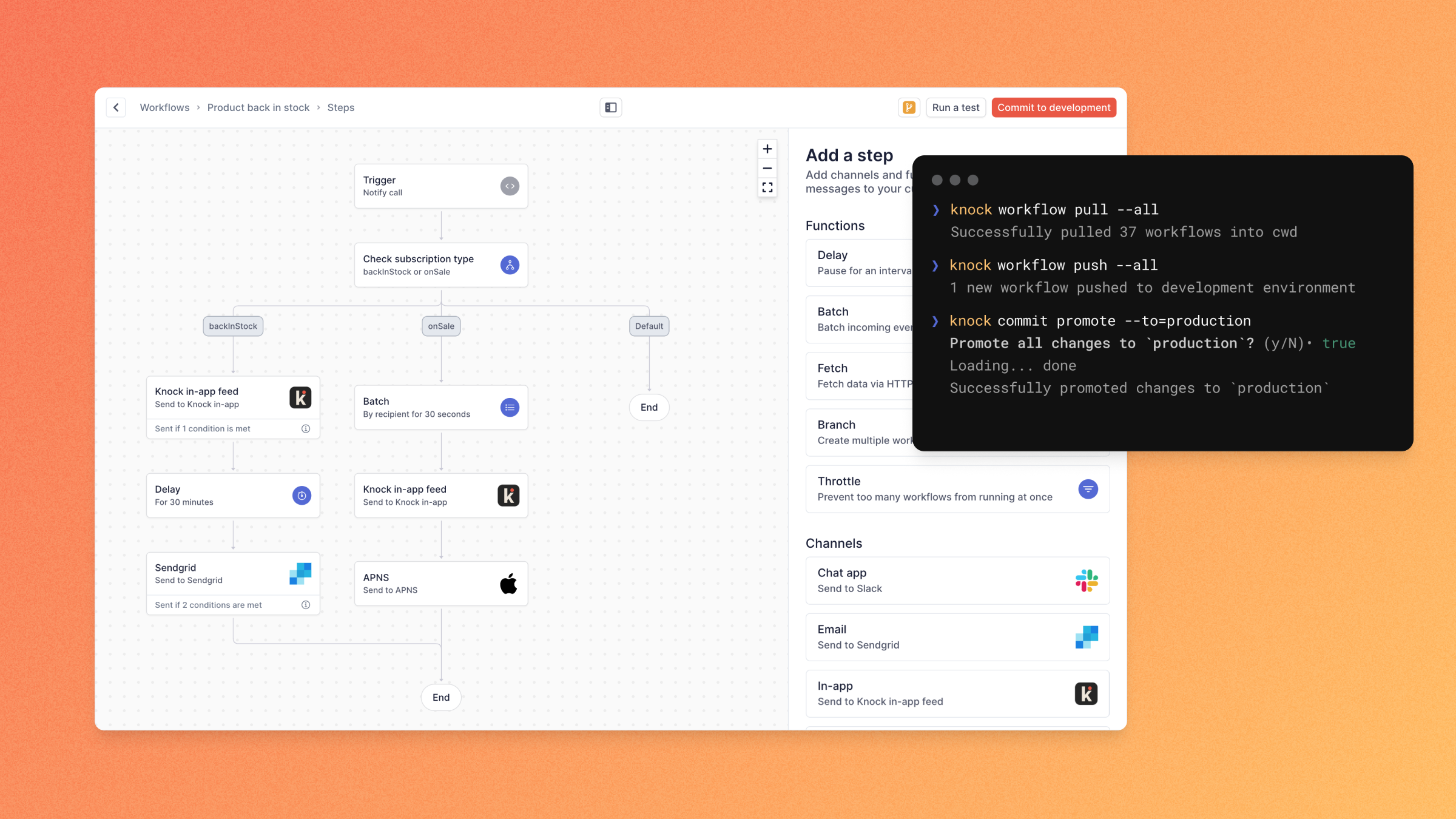
By now we know how crucial it is to have quality data for use by large language models (LLMs), but getting data ready for the models has been an early challenge for companies, an opening that represents an opportunity for an enterprising entrepreneur.
Enter Illumex, a two-year-old Israeli startup from the former VP of AI at Sisense. The startup is using GenAI to put the data into a ready state for LLMs. Today the company announced a $13 million investment.
Inna Tokarev-Sela, founder and CEO of Illumex, says she recognized this data readiness problem years ago, and she started Illumex with the goal of making it easier for organizations to organize data in an automated way.
“We automatically associate the business logic of an organization, automatically mapping it to data, and we bring the relevant data to the questions which business users have,” Tokarev-Sela told TechCrunch.
The company is combining a number of technologies to achieve this, including generative AI, graph databases and relational databases, pulling all this information together into what Tokarev-Sela calls a data fabric, which companies can access to train LLMs and for other purposes.
She sees the company as part of a continuum of the AI workflow, not simply getting data ready for the models, but also building applications based on this data, and ultimately deploying them with the goal of making it easier for end users to interact with and get what they need from the data Illumex is providing for them.
“We connect to all the systems, like different business applications and different business data sources, like databases, warehouses, data lakes, CRM, support systems, SAP enterprise financial systems and so on. So that provides us coverage of all data description and all logic and workflow description tightly coupled automatically in this knowledge graph,” she said.

She says that this enables customers to get an inventory of their entire data landscape. “We provide an understanding of the semantics of the whole data landscape, like semantifying the whole stack, if you will, and then deploying generative AI with a high degree of accuracy and precision and context awareness,” she said.
What’s more, Illumex integrates with existing enterprise communications tools like Teams, Slack and Google Meet, so they are not forcing users to figure out a new way to work inside Illumex. The startup has customers using the platform, including highly regulated companies like financial services and pharmaceuticals.
The company currently has 30 employees and will be hiring with the new influx of capital. As a woman founder, Tokarev-Sela said she is trying to create a parent-friendly company, and reports that they are female-majority. “When you actually see the demographics of the company, it’s very different from the slogans. At Illumex, we actually walk the walk,” she said.
The $13 million investment was led by Cardumen Capital, Amdocs Ventures and Samsung Ventures, with participation from ICI Fund, Jibe Ventures, Iron Nation Fund, Ginossar Ventures, Icon Fund, Today Ventures and unnamed industry angels.



